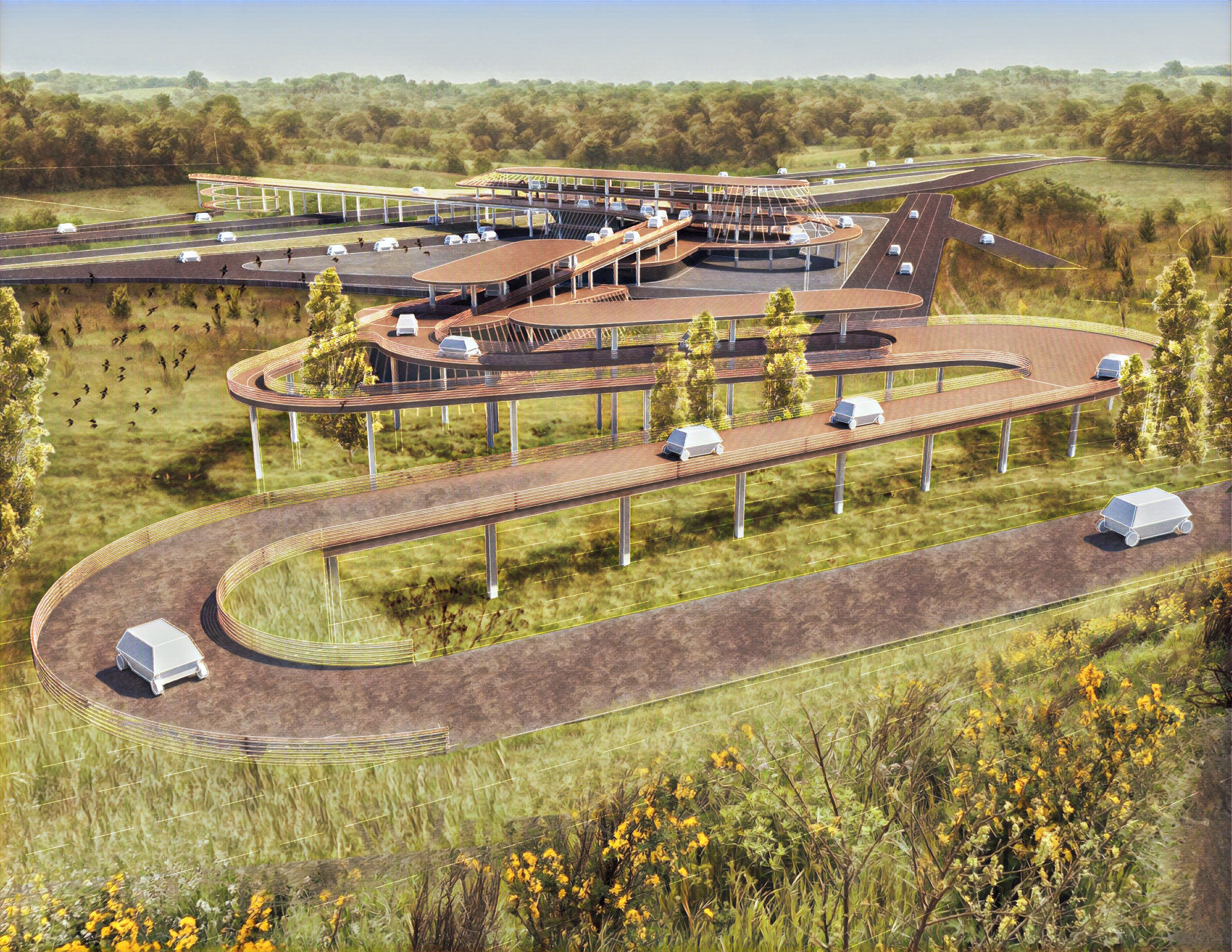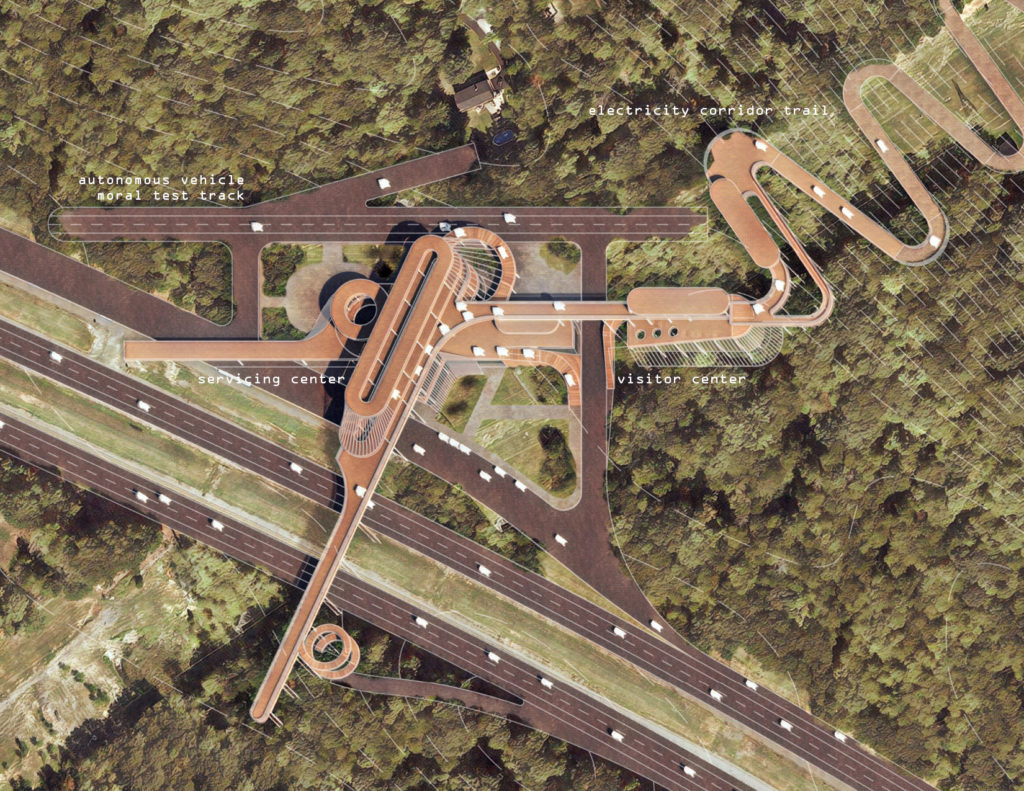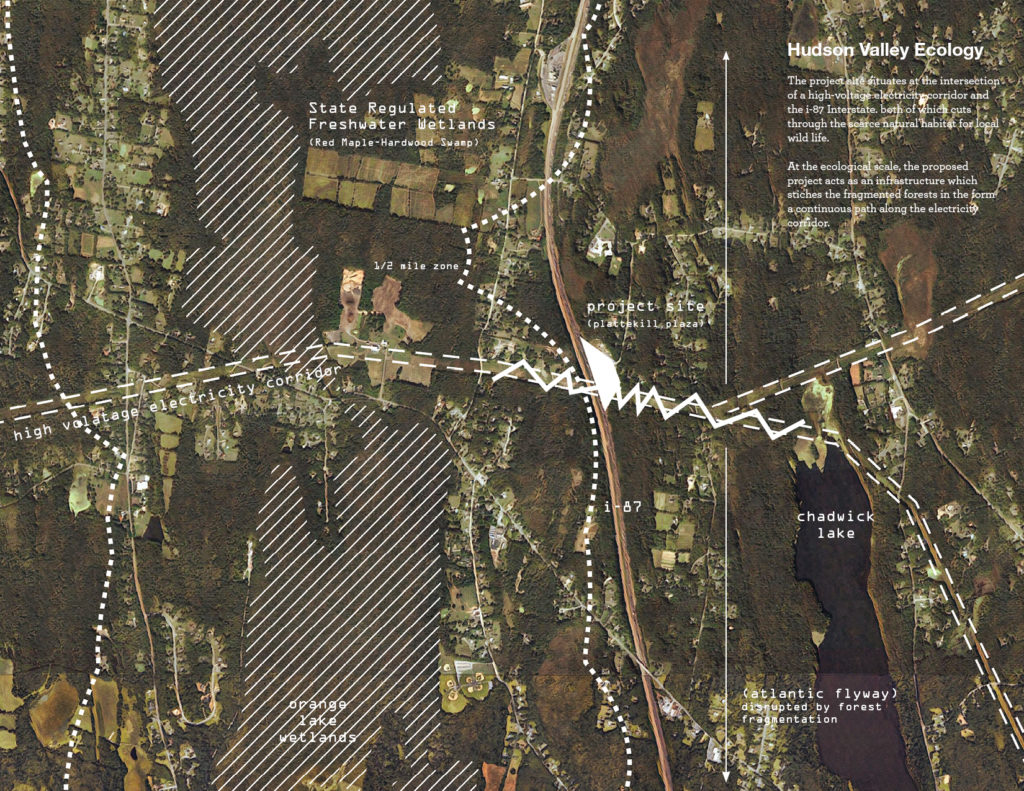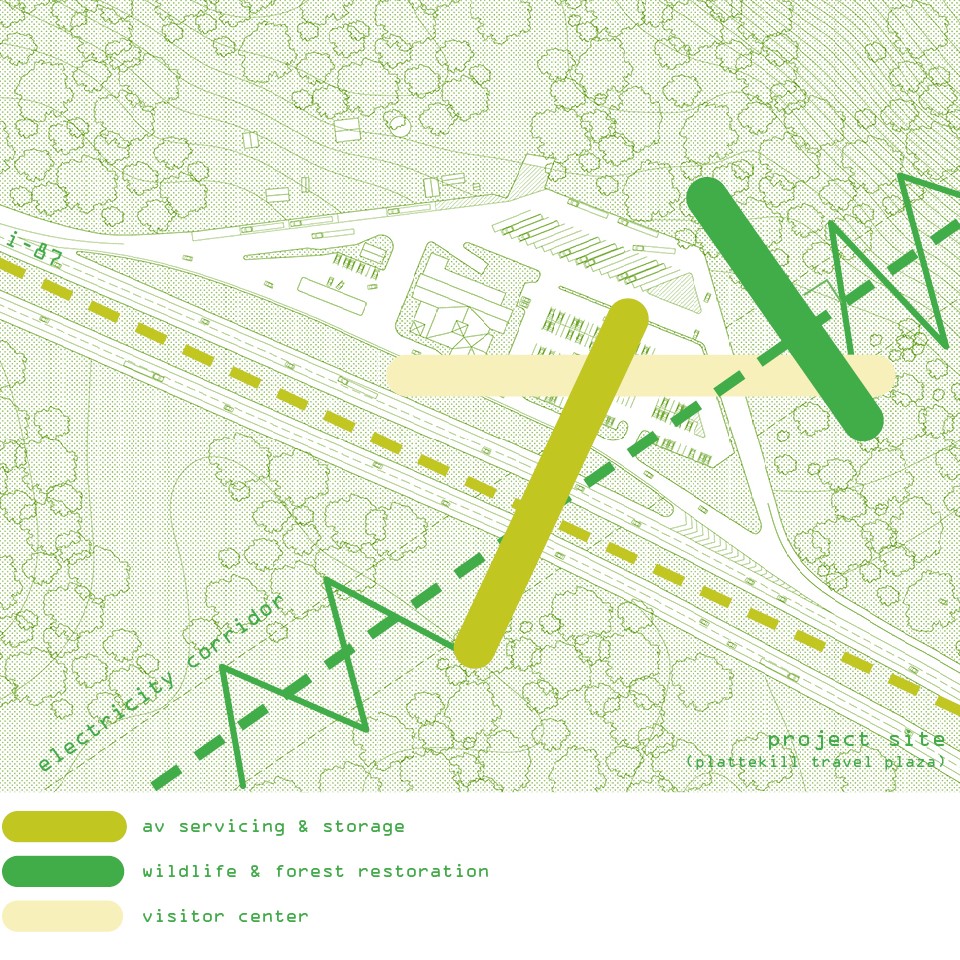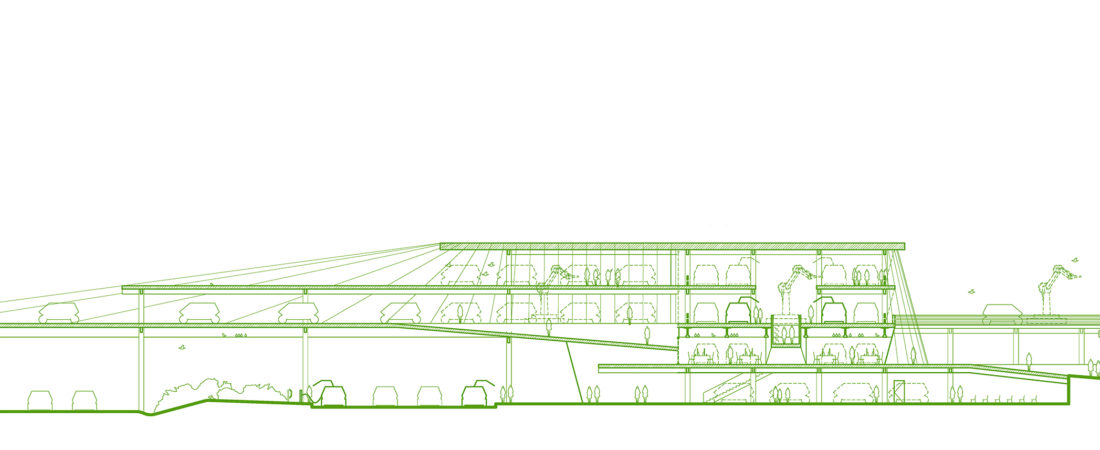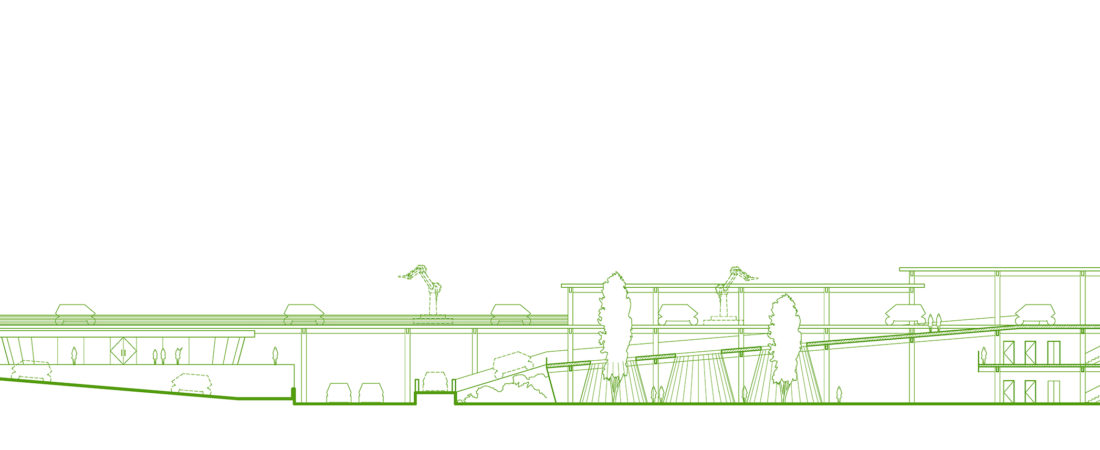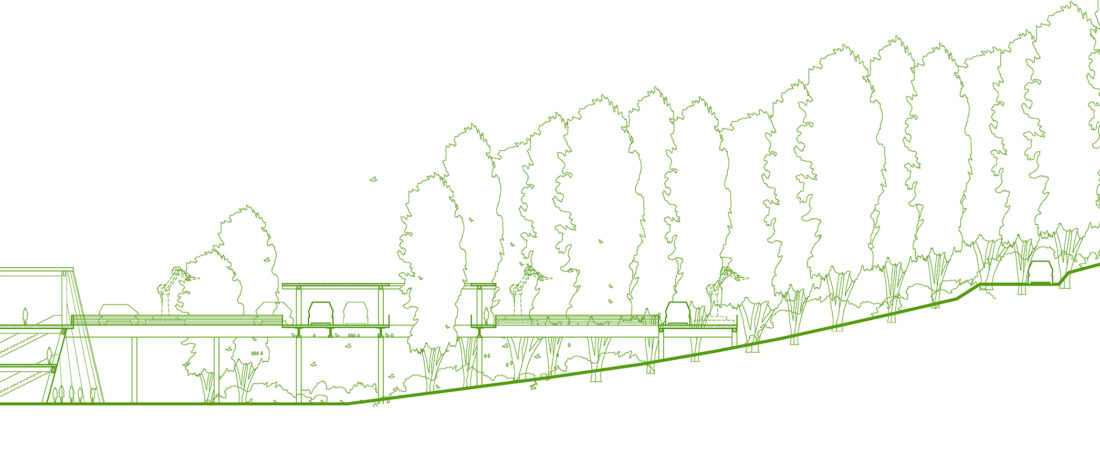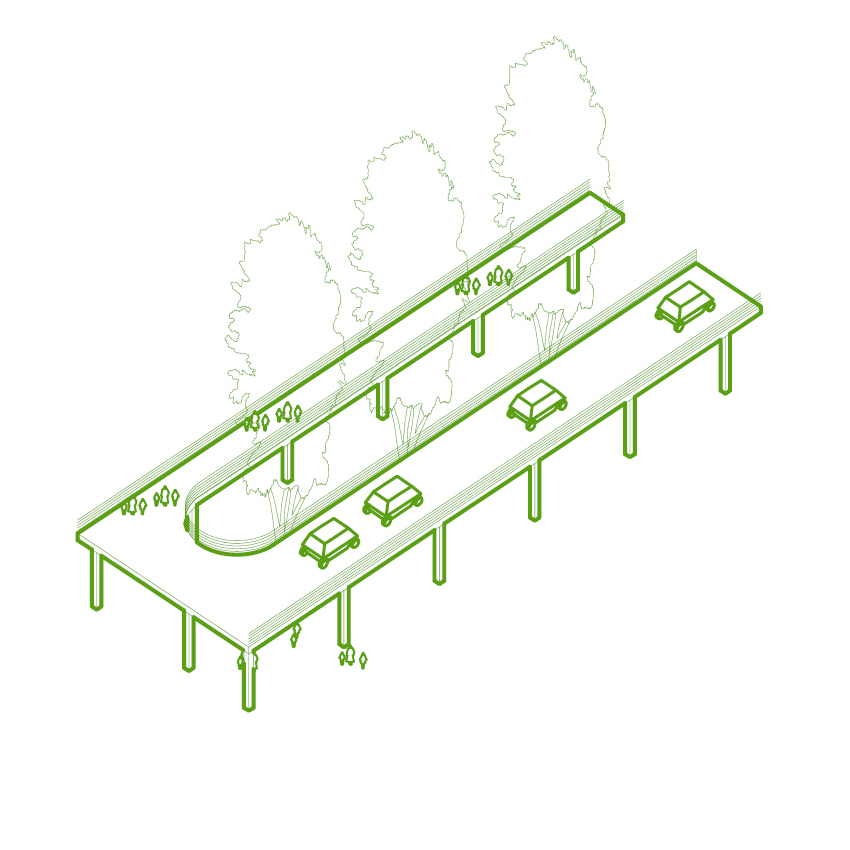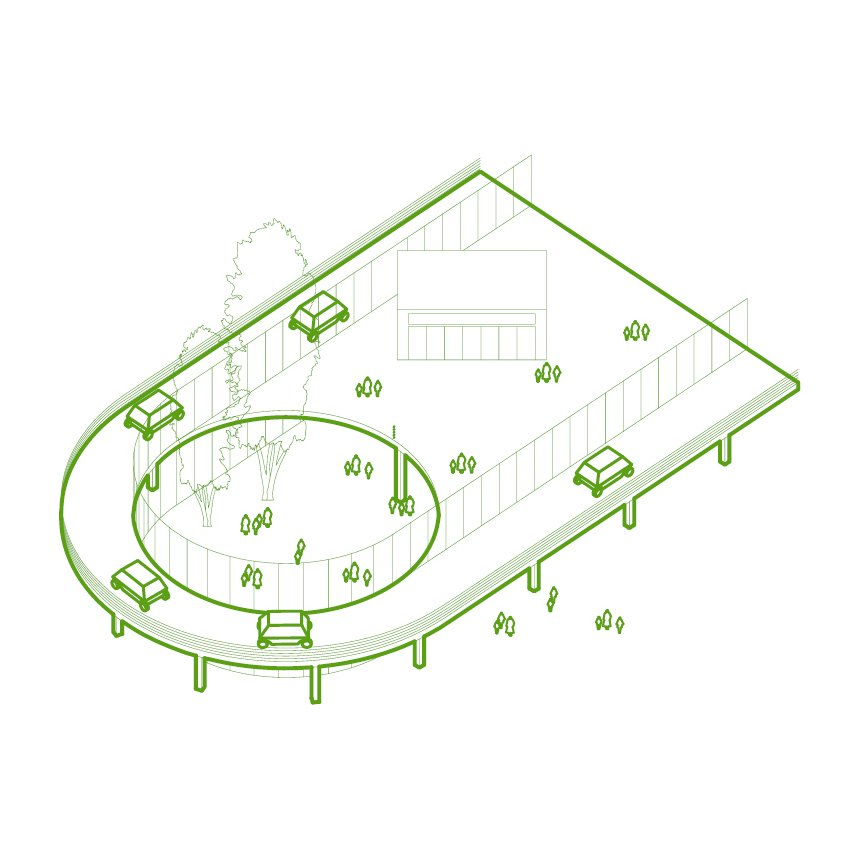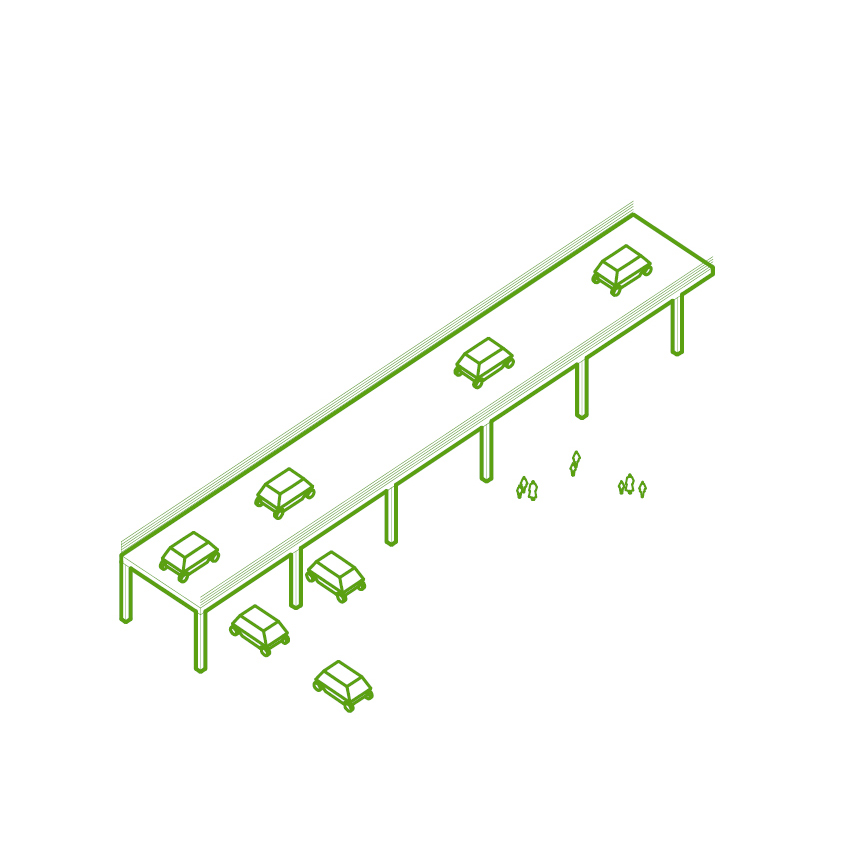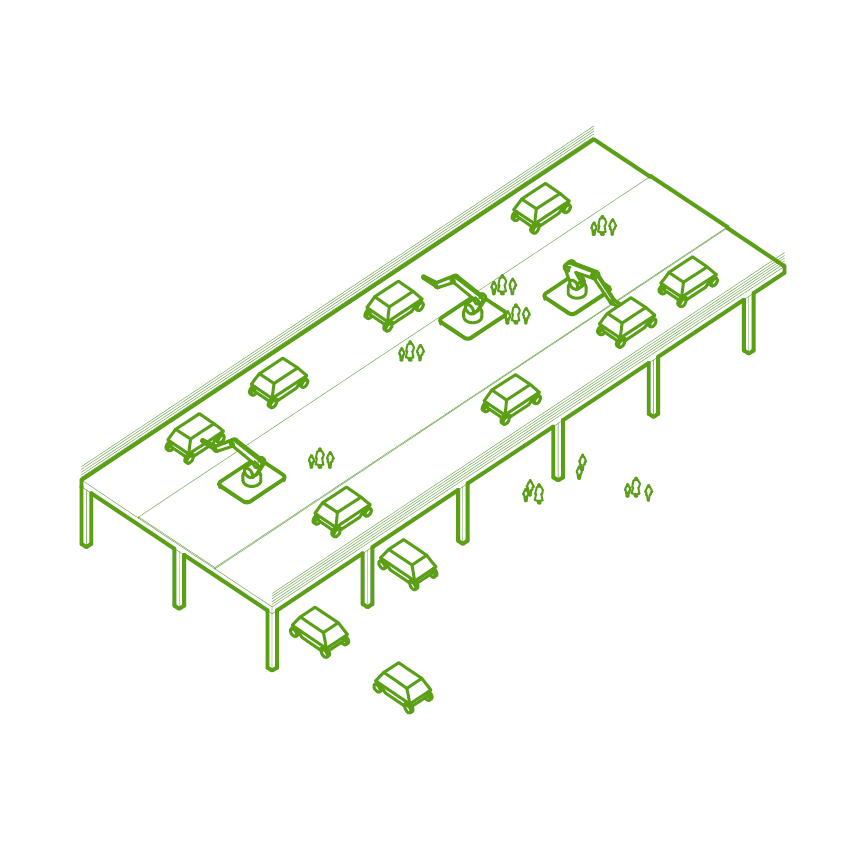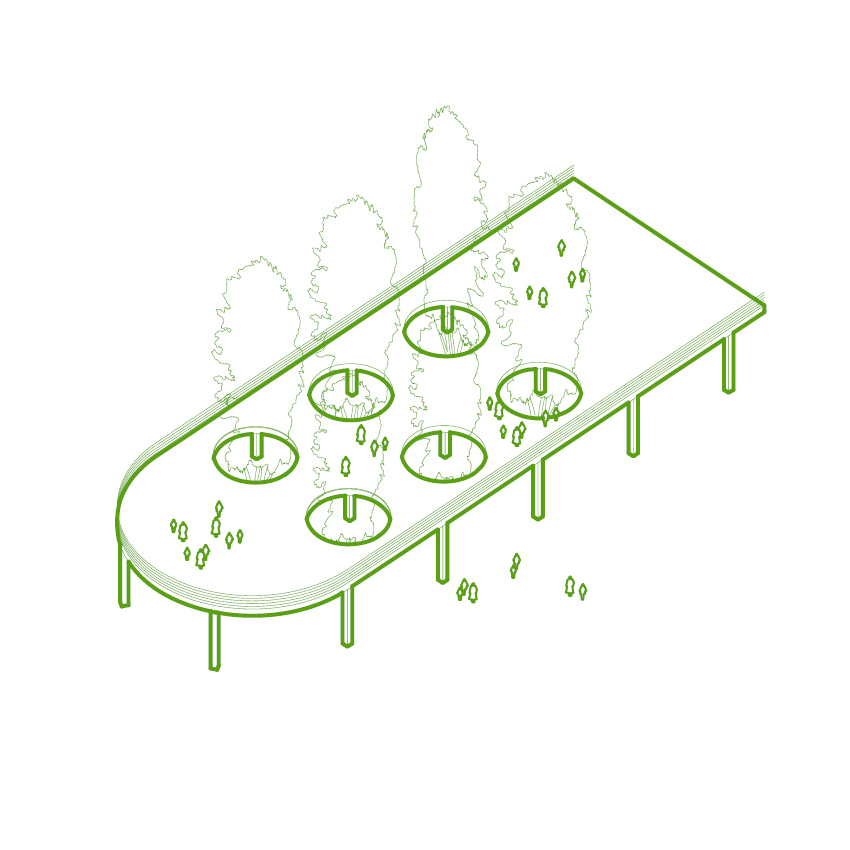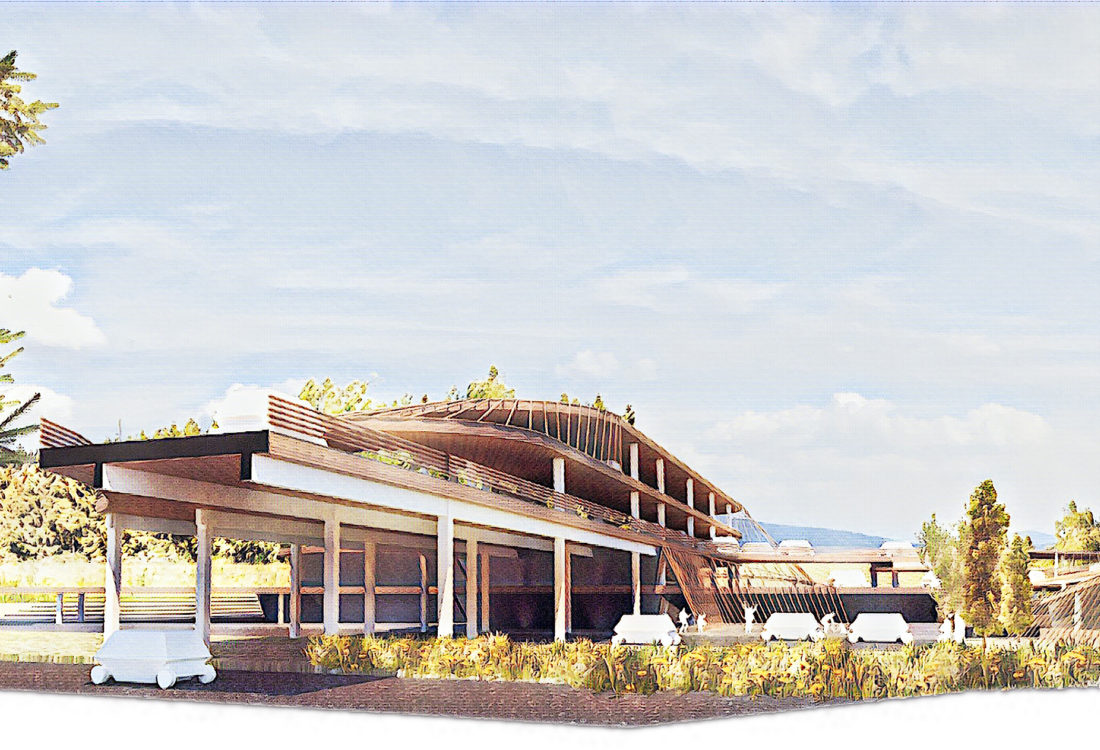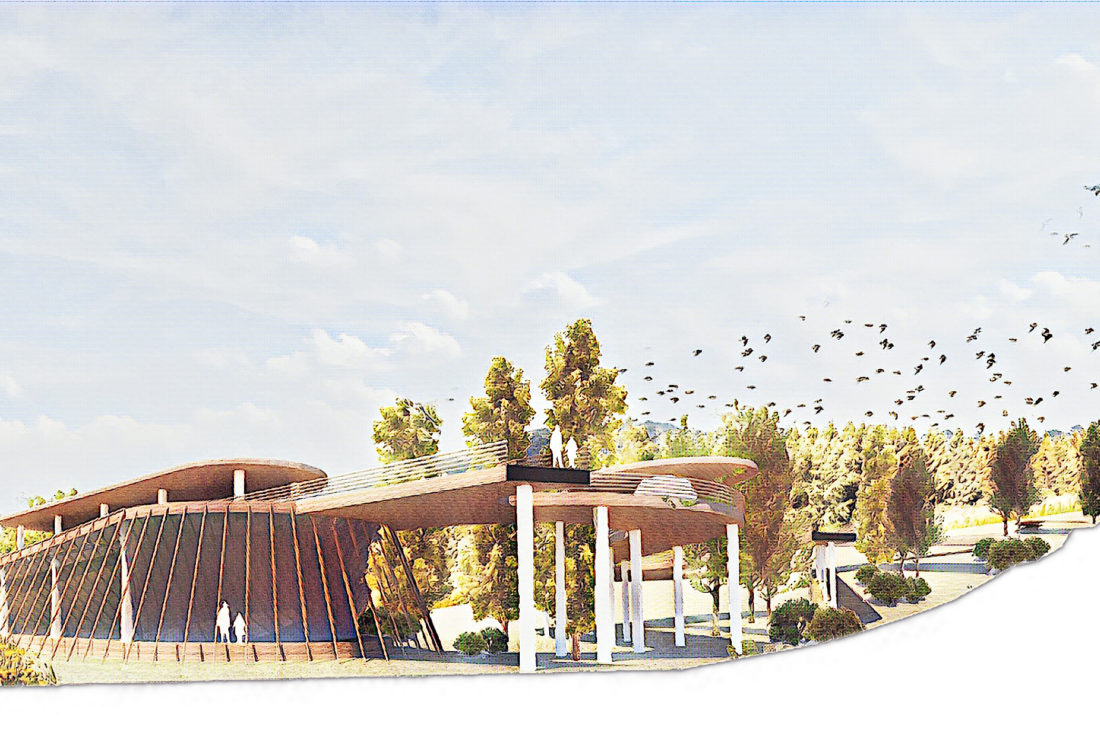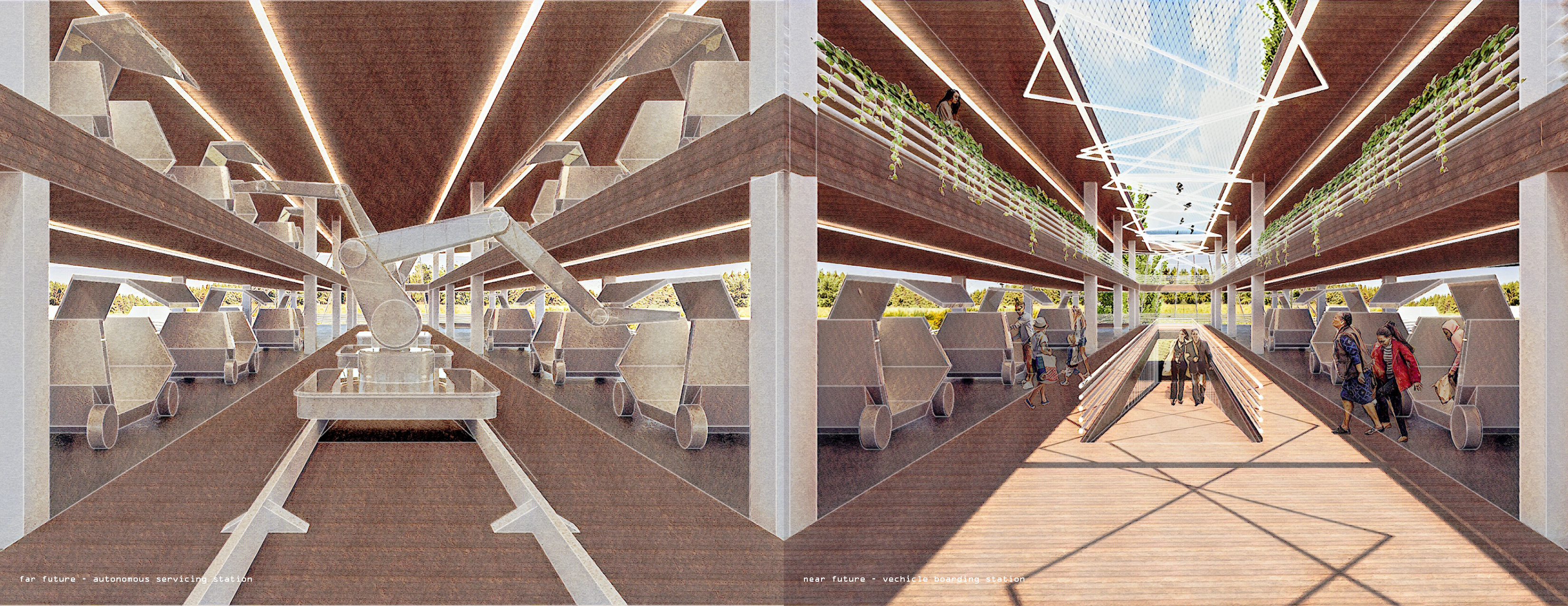Non-Human
Habitat
M.Arch Advance Studio IV
Columbia University, GSAPP
New York
Spring 2020
Studio Coordinator
Ziad Jamaleddine
Section Critic
Phu Hoang
The Non-Human Habitat investigates the future of a low-density rural typology where vehicles and wildlife intertwine and outnumber human habitants.
Designed for the far future of wildlife habitat restoration and shared autonomous vehicle storage, the architecture is built for the mobilization of robotic arms that service both a shared autonomous vehicle fleet and a tree nursery. Understanding that this far future of machine-oriented autonomy is gradual yet inevitable, this project focus on the process of transformation in the near future where human fosters and inhabit the structure as a form of a learning center for autonomous vehicle and wildlife restoration.

